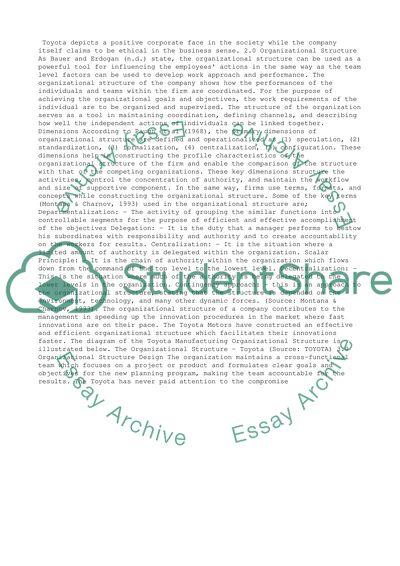Cite this document
(“Dimensions of organisation structure style: harvard Research Paper”, n.d.)
Retrieved from https://studentshare.org/management/1429690-dimensions-of-organisation-structure-style-harvard
Retrieved from https://studentshare.org/management/1429690-dimensions-of-organisation-structure-style-harvard
(Dimensions of Organisation Structure Style: Harvard Research Paper)
https://studentshare.org/management/1429690-dimensions-of-organisation-structure-style-harvard.
https://studentshare.org/management/1429690-dimensions-of-organisation-structure-style-harvard.
“Dimensions of Organisation Structure Style: Harvard Research Paper”, n.d. https://studentshare.org/management/1429690-dimensions-of-organisation-structure-style-harvard.


